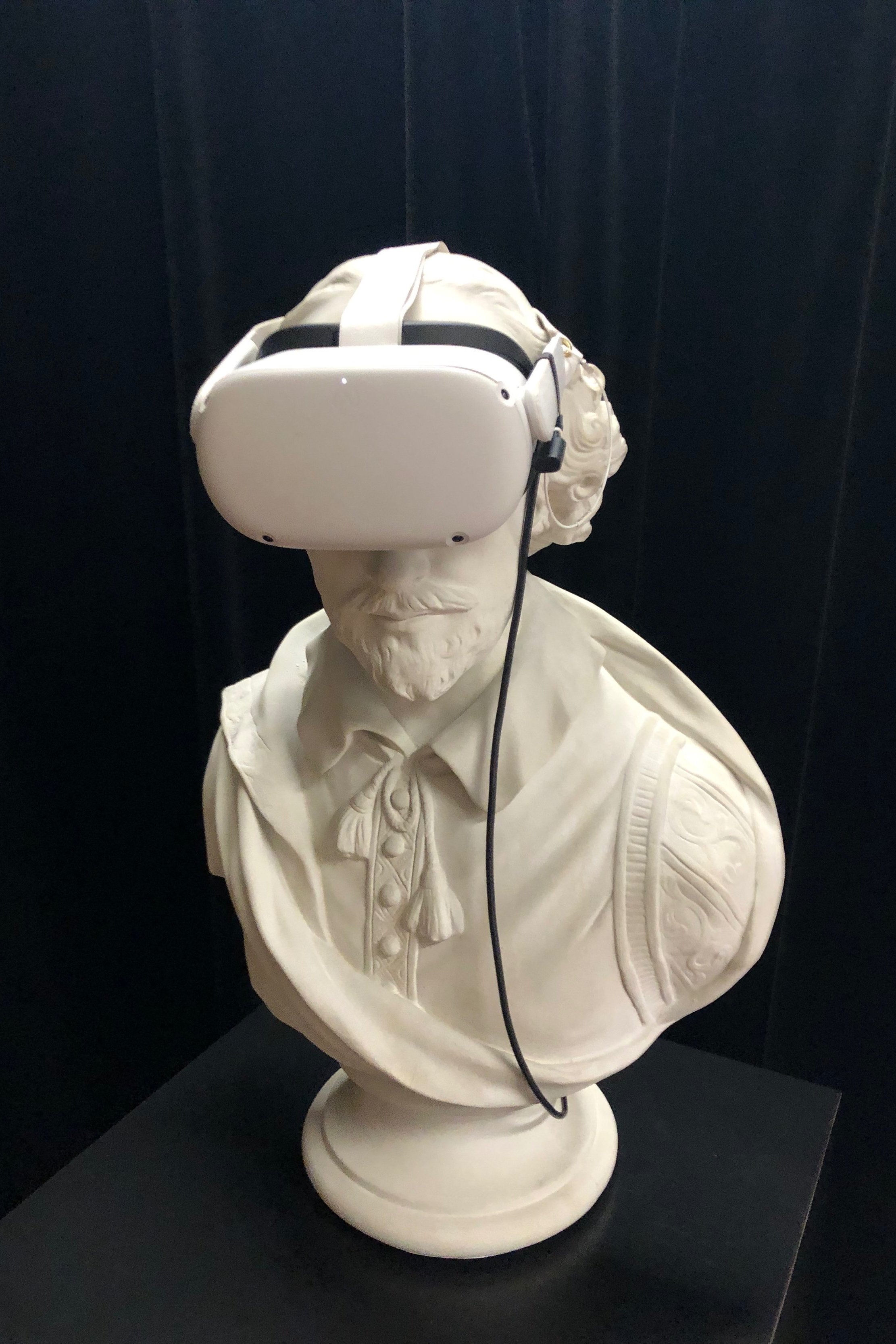Adapting Through Time: How Libraries Continue to Shape and Reflect Society
I've been re-reading "The Library: A Fragile History," and I'm struck by the recurring patterns weaving through each historical era. Beyond the evolving technologies, formats, and content, there is a through line of struggle and perseverance that seemingly defines the essence of libraries.
The book takes a long view. From the scrolls of Alexandria to the illuminated manuscripts of medieval monasteries, and onward—libraries are always grappling with challenges—from scarce resources to the natural decay of manuscripts and facilities. And yet, they endure. There is an undercurrent around adaptive practices in the pursuit of preserving knowledge and shaping discourse.
I've always been fascinated by monastics transcribing texts—their skill, technical prowess, precision, and the profound psychological motivation and devotion driving their work. In those times, librarians were akin to scholars and custodians, dedicating their lives to meticulous preservation.
Renaissance-era librarians held a pivotal role in revitalizing classical texts, meticulously cataloging and interpreting manuscripts that had been lost for centuries. Their dedication sparked a renewed passion for “classical” learning, fueling intellectual and artistic movements.
During the Enlightenment, libraries evolved beyond preservation into vibrant centers of knowledge curation. Librarians actively acquired and organized collections that fostered logic, reason, science, and empirical inquiry. Their efforts promoted intellectual exchange and debate, nurturing curiosity that laid the groundwork for our modern libraries.
The main point for me: throughout history, libraries have mirrored the ebb and flow of cultural trends. From the age of exploration to the industrial revolution to the social movements in the 1960s and beyond, libraries have adapted to societal shifts and emerging disciplines, ensuring that many perspectives and evolving ideas are preserved and accessible.
With the ongoing digital transformation, librarians face new challenges that are part of this legacy. The integration of AI, data science, algorithmic-everything, and even virtual reality opens up unprecedented opportunities and concerns for knowledge dissemination and interaction/engagement. New technical complexities such as data management, LLMs, and linked data demand our attention.
Socially, libraries are continuing to navigate and facilitate the democratization of information and the evolving complexities of digital literacy. They are striving to foster critical thinking in an era of misinformation, information overload, and constant distraction. Politically, libraries are undergoing seemingly constant challenges, yet they seek to uphold enduring principles of access amidst debates over who has the right to read, especially in the face of movements to ban books or restrict information.
Another major recurring theme in this book is the cyclical nature of prosperity. Libraries often flourish under the care of dedicated leaders and patrons, only to fall into disrepair when that support wanes. This pattern highlights the critical need for sustained investment and attention to ensure that libraries can continue to thrive. The vitality of libraries depends not only on their collections, spaces, staff, services, and technologies -- but also on the enduring commitment of the communities they serve.
Overall, this book reminds me of the timeless mission of libraries. Yes, safeguarding knowledge, curating it, describing it, and making it more open and discoverable are crucial roles. Yet, there is immense untapped potential: libraries can actively contribute as partners in generating and producing knowledge. They can help address pressing global challenges such as public health, climate change, inequities, food and water insecurity, and the future of energy.
Libraries are uniquely positioned to support interdisciplinary teams and global initiatives, fostering collaboration, communication, cooperation, and innovation across diverse fields and problem spaces. They are evolving to provide the resources, social structures, and environments where new ideas can emerge and take root.
As I look toward the future, this book is inspiring—it highlights the history and the enduring impact of libraries on society. It's also a call to action to uphold and sustain this lineage and to evolve the tradition and mission to meet the needs of our time—today.




